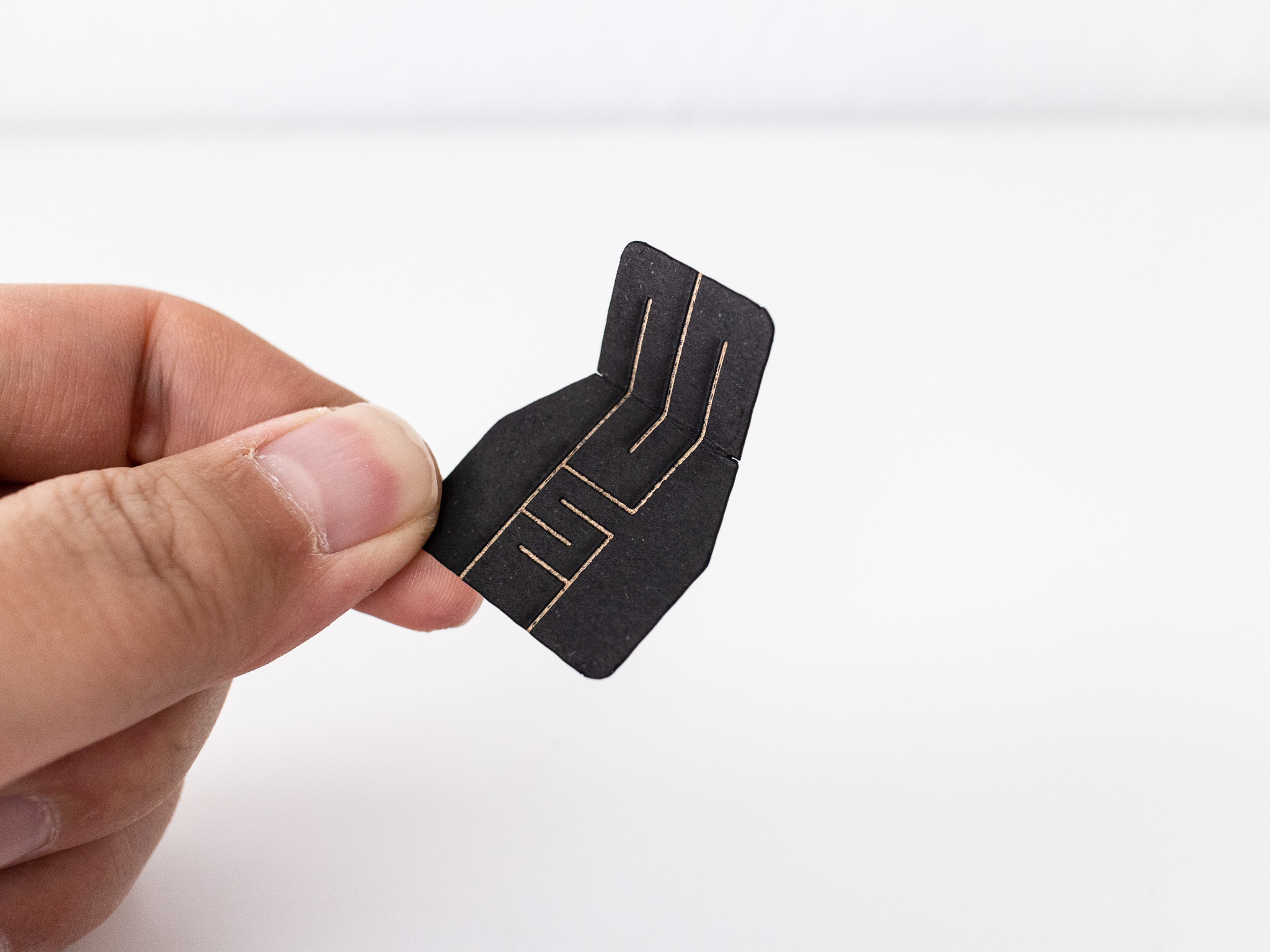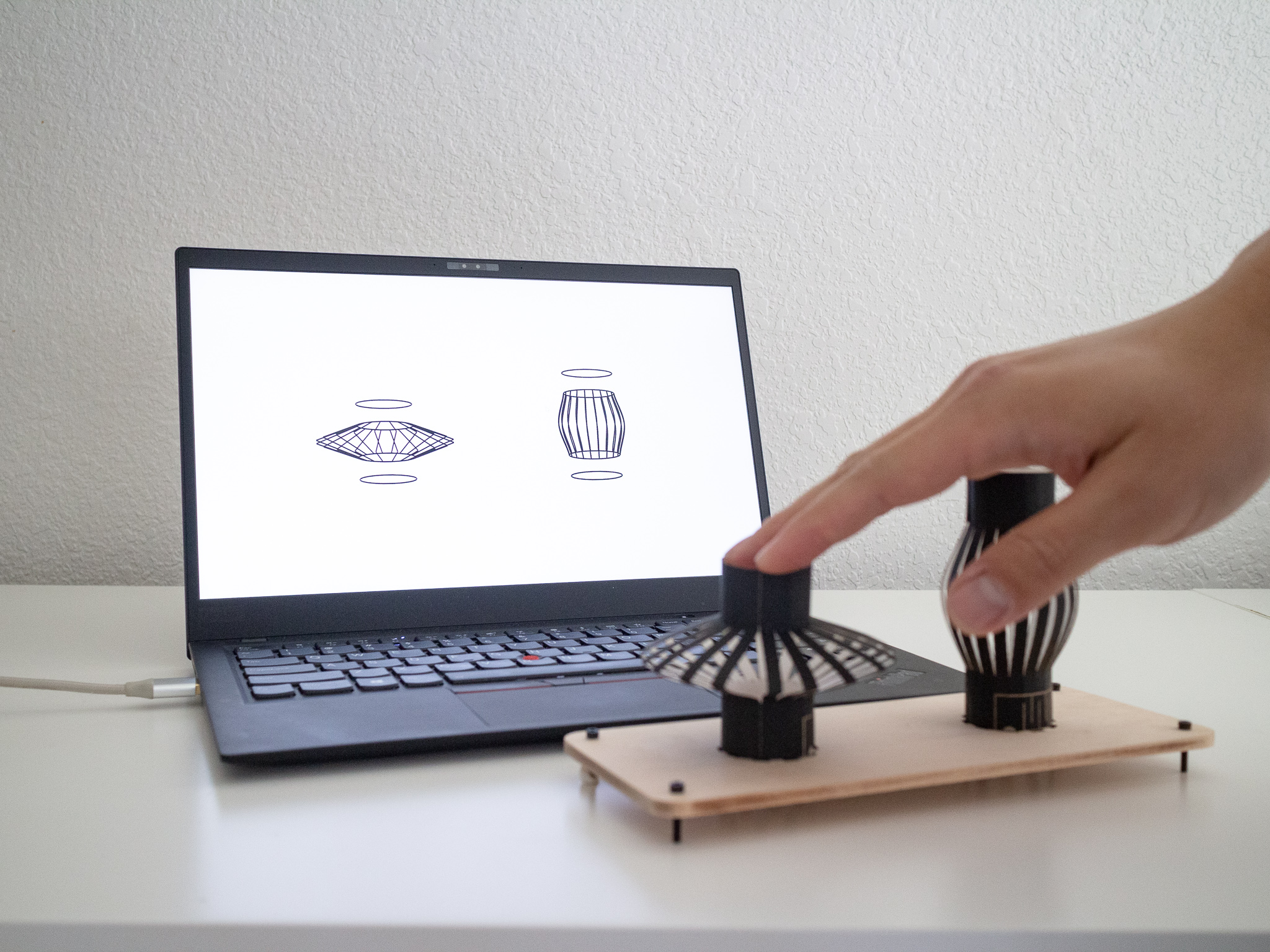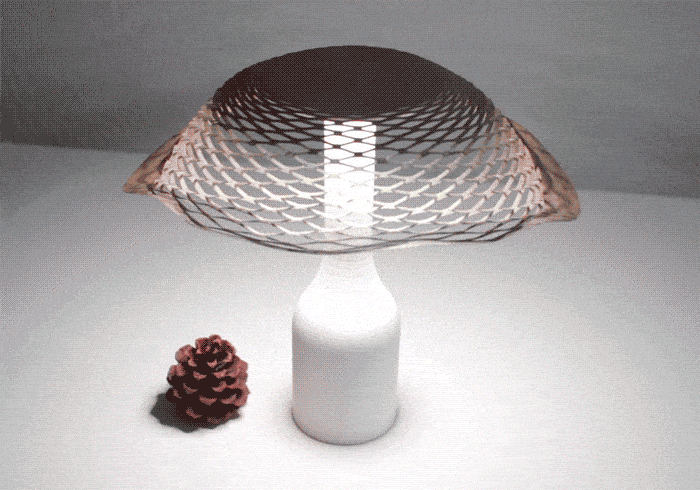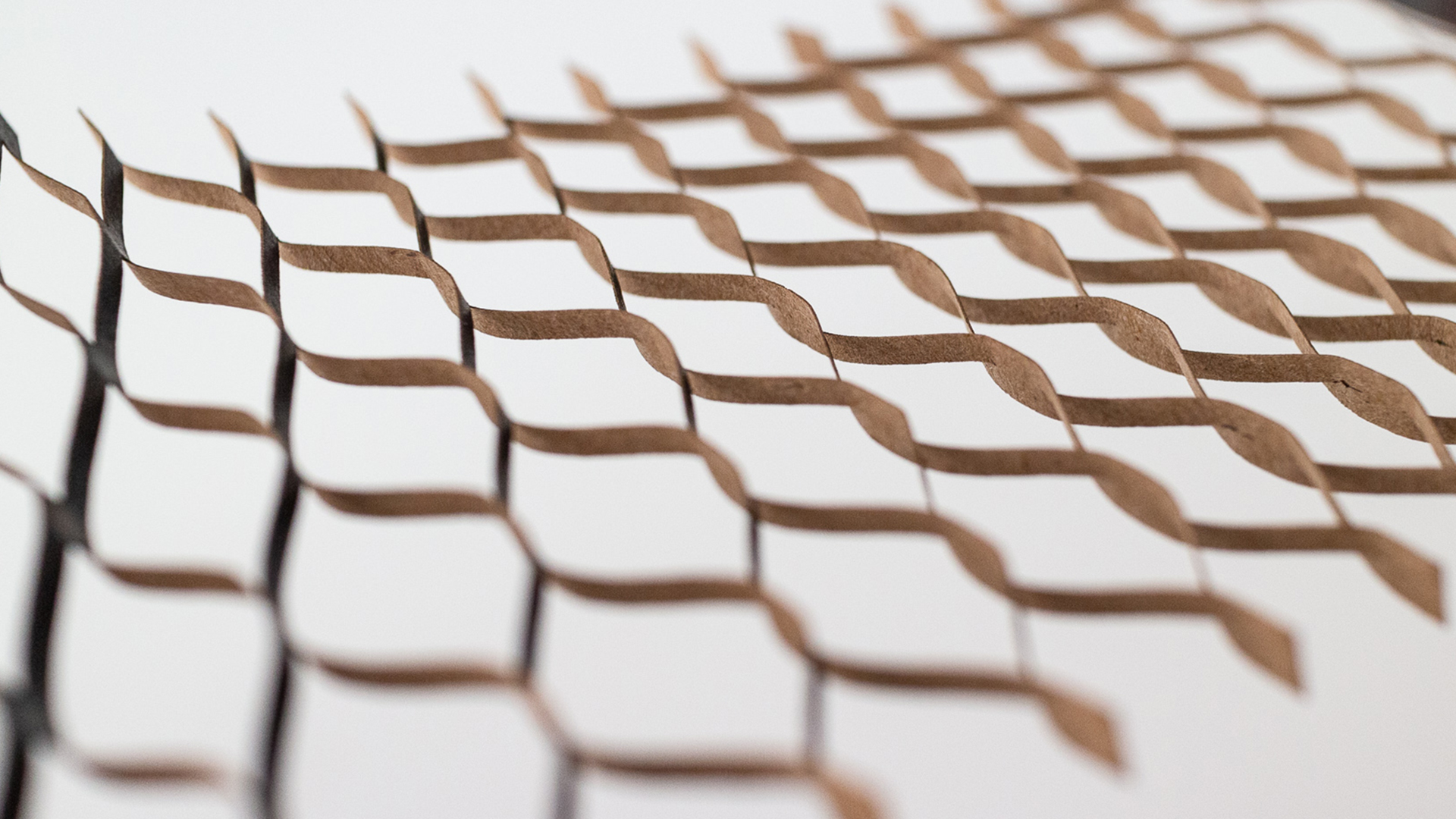Sensing Kirigami
2019
I led this research in collaboration with other design researchers at the ATLAS Institute. As HCI designers and researchers, we are attracted to the qualities of paper for facilitating tangible interactions. We are particularly curious about kirigami (切り紙): a Japanese term we borrow to describe cutting, folding and bending flat sheets of paper into three-dimensional forms. Kirigami enables us to shape paper into pliable structures that move dynamically to afford tangible interactions. We investigated the properties of carbon-coated paper, an electrically resistive material affected by folding and bending—essential building blocks of kirigami objects. The insights gained were harnessed to inform three design propositions—tangible interfaces that range from part to product.
︎︎︎DIS 2019 ︎︎︎PDF
DIS 2019 Best Pictorial
Fabrication
Laser cutting is used to etch electrical traces onto the material. The final pattern is then cut and assembled into a three dimensional structure.
![]()
↑
Fabricating bend sensor business cards which we will hand out at the conference.
Laser cutting is used to etch electrical traces onto the material. The final pattern is then cut and assembled into a three dimensional structure.

↑
Fabricating bend sensor business cards which we will hand out at the conference.


Fold and Bend Sensor Patches
A meandering trace across the sensing regions compounds the resistive change due to folding and bending. An inherent voltage divider circuit is etched into these sensors. To read them, one simply connects power, ground, and data leads to the appropriate pins on a microcontroller.
A meandering trace across the sensing regions compounds the resistive change due to folding and bending. An inherent voltage divider circuit is etched into these sensors. To read them, one simply connects power, ground, and data leads to the appropriate pins on a microcontroller.


Kirigami Inputs
Paper resists physical deformation, and we explored harnessing this property for haptic interactions. These inputs are characterized by an array of slits, which multiplies the effect of folding and bending; compounding both the haptic feedback and resistive effect of these features for interaction.
Credit to Loh Zhide for the inspiration behind these inputs.
Paper resists physical deformation, and we explored harnessing this property for haptic interactions. These inputs are characterized by an array of slits, which multiplies the effect of folding and bending; compounding both the haptic feedback and resistive effect of these features for interaction.
Credit to Loh Zhide for the inspiration behind these inputs.

Hiratake Lamp
We translated the visual and sensing affordances of fishnet kirigami patterns into a lamp with an interactive shade. Two sensing regions were etched into this circular pattern, and handles were added along its perimeter to indicate points of interaction—pulling on one handle dims the light, while pulling the other brightens it.
We translated the visual and sensing affordances of fishnet kirigami patterns into a lamp with an interactive shade. Two sensing regions were etched into this circular pattern, and handles were added along its perimeter to indicate points of interaction—pulling on one handle dims the light, while pulling the other brightens it.


